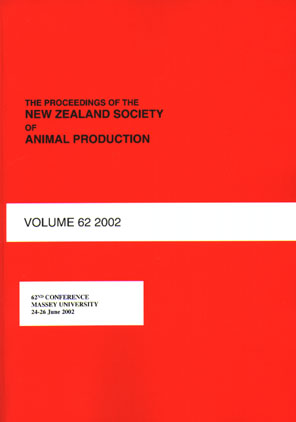Abstract
An understanding of behavioural principles such as the flight zone, 360 degree vision, sensitive hearing, strong reactions to novelty and effects of pressure on the body will facilitate handling and restraint of livestock. Silencing high pitched noise from hydraulic pumps and motors will reduce stress. Solid fences on races, crowd pens and loading ramps will keep animals calmer by blocking their vision. A curved race to a crush or stunning box will facilitate cattle movement because an approaching animal will not be able to see people at the other end. Wild cattle will stand still in a dark box for AI. Wild cattle in a restraint device will remain calmer if they are unable to see people inside their flight zone or a pathway of escape. It is important to keep vision blocked until the animal is completely restrained. Restraint devices should only apply sufficient pressure to hold the animal snugly in a comfortable position and to make the animal "feel restrained" without any pain or discomfort. Pressure applied with a slow steady movement will keep cattle calmer but pressure applied with jerky sudden movement causes excitement. Handlers and equipment engineers who utilize these principles can move and restrain livestock more efficiently with less stress and carcass damage. Rough handling is one of the major causes of carcass damage.
Proceedings of the New Zealand Society of Animal Production, Volume 53, , 133-138, 1993
| Download Full PDF | BibTEX Citation | Endnote Citation | Search the Proceedings |

This work is licensed under a Creative Commons Attribution-NonCommercial-NoDerivatives 4.0 International License.

